The pedestrian linkway between KL Sentral and the Muzium Negara MRT station will be opened to the public on July 17, the day Phase 2 of the Mass Rapid Transit (MRT) Sungai Buloh-Kajang (SBK) line begins operations, Bernama reports.
According to chief secretary to the government, Tan Sri Dr Ali Hamsa, the 240 metre-long linkway was completed in 18 months, six months earlier than scheduled. It was built at a cost of RM50 million, less than a sixth of the cost had it been built fully underground.
“(Prior to this) there was a proposal to build the linkway underground, with an estimated cost of RM380 million, but after taking into consideration the views of Malaysian Resources Corporation Berhad (MRCB), this project was completed at a cost of RM50 million, with a cost saving of about RM330 million,” he said.
The air-conditioned linkway also provides a link to several other locations, including Menara CIMB, Le Meridien Hotel, Hilton Hotel and Platinum Sentral. The walking time between KL Sentral and the Muzium Negara MRT station is around four minutes.
The launch of the SBK Phase 2 section will open up 19 stations and 30 km of the 51 km-long line. Phase 2 will open up the route from Muzium Negara and then on to Pasar Seni, Merdeka, Bukit Bintang, Tun Razak Exchange, Cochrane, Maluri, Taman Pertama, Taman Midah, Taman Mutiara, Taman Connaught, Taman Suntex, Sri Raya, Bandar Tun Hussein Onn, Batu 11 Cheras, Bukit Dukung, Sungai Jernih, Stadium Kajang before finally ending in Kajang station.
Last year, Phase 1 of the project became operational on December 16, and the route currently travels across 12 stations on 21 km of elevated tracks. The stations are Sg Buloh, Kg Selamat, Kwasa Damansara, Kwasa Sentral, Kota Damansara, Surian, Mutiara Damansara, Bandar Utama, Taman Tun Dr Ismail, Phileo Damansara, Pusat Bandar Damansara and Semantan.
Looking to sell your car? Sell it with Carro.

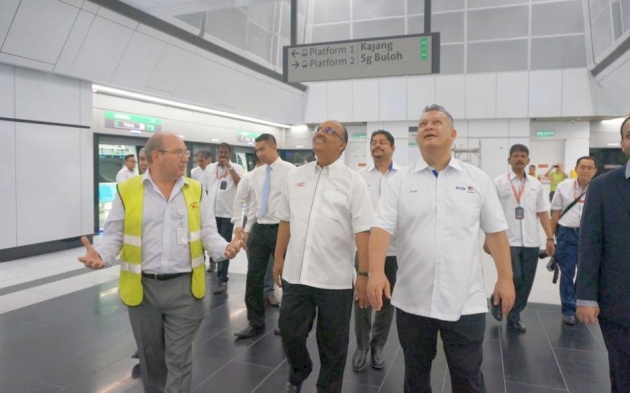



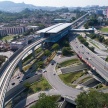
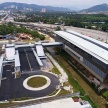
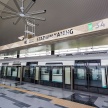
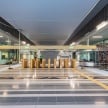
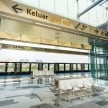





AI-generated Summary ✨
The comments mainly focus on criticizing the high cost of the KL Sentral-Muzium Negara pedestrian link, with many claiming RM50 million for just 240 meters is exaggerated and questioning the expenses involved. Some compare with UK underground projects, highlighting that costs elsewhere are significantly lower, and suggest that inflated prices may involve corruption or bloated fees. Others emphasize that walking a few minutes is healthy and shouldn't be a concern, while a few appreciate the project for improving connectivity. There is skepticism about the need for such an expensive link and doubts about whether the costs are justified, with some calling out fake or misleading information and questioning whether the project lasts or is efficient. Overall, the sentiment is largely critical, with concerns over cost inflation and transparency.